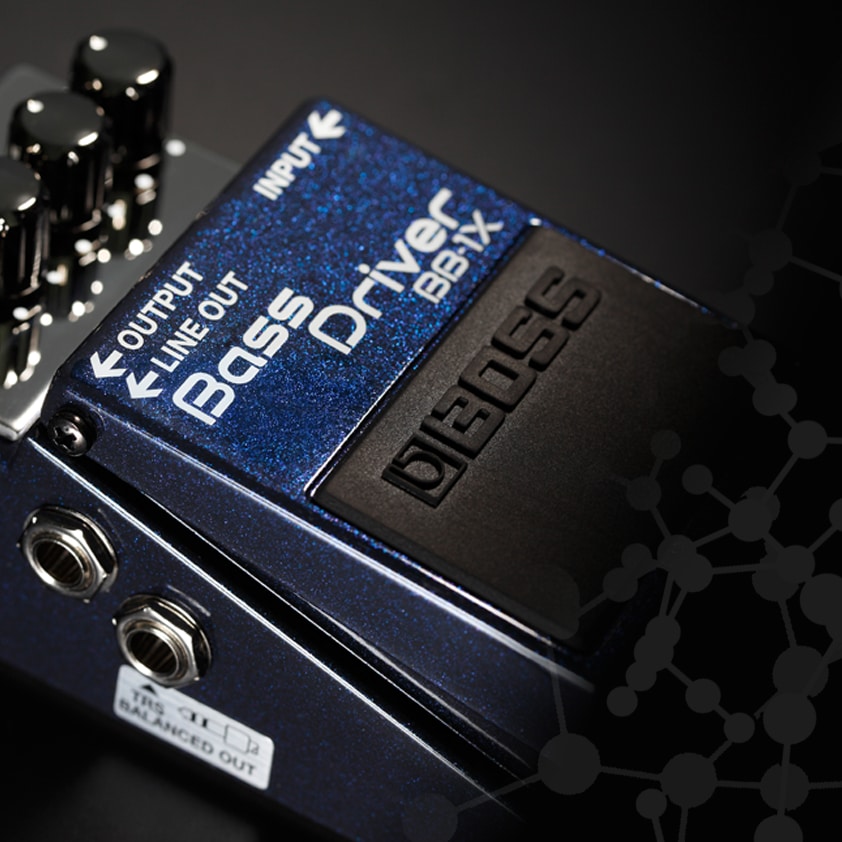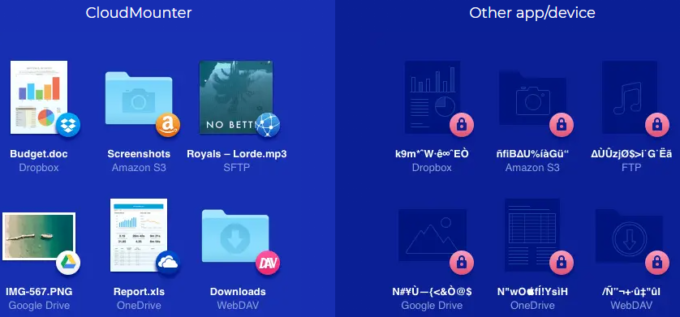

- Odrive vs cloudmounter how to#
- Odrive vs cloudmounter install#
- Odrive vs cloudmounter generator#
- Odrive vs cloudmounter trial#
- Odrive vs cloudmounter free#
While MultCloud’s free version is limited to only 30GB of data traffic a month, this should be more than enough for nonprofessional use and most cloud storage services with large free service plans. MultCloud and odrive both have excellent lifelong free versions that are great choices for personal users. Its 30-day money-back guarantee is also quite generous. Odrive restricts its best features to its paid plan, but unlike MultCloud, odrive has unlimited data traffic on both its free version and Premium plan. The Premium plan is priced at $99 a year.
Odrive vs cloudmounter trial#
Odrive has a free plan that includes a weeklong free trial of the Premium plan. Unfortunately, odrive Premium only supports annual payments there is no monthly payment option. However, it is about the same price as MultCloud’s quarterly option, which breaks down to $8.30 per month. At $99 per year, Premium amounts to $8.25 a month, and is a bit cheaper than MultCloud’s equivalent Monthly plan, which costs $9.90 per month. odrive PricingĬompared to MultCloud, odrive’s pricing options are a lot more limited, consisting of just a single Premium plan. This allows you to, for example, transfer Google Drive’s maximum storage of 30TB to a different cloud storage service. Valued at $119.90 and paid on an annual basis, its unlimited data capabilities make it an excellent choice for bulk data migrations of large enterprises. The Yearly Unlimited does exactly what its name suggests - it provides unlimited data traffic for an entire year. Priced at $24.90 billed quarterly, it gives you 200GB of data traffic each month in all other regards, it is the same as the Monthly plan. MultCloud’s Monthly plan costs $9.90 per month, which gets you 150GB of monthly data traffic, and you can purchase additional traffic for $0.099 per gigabyte. MultCloud has three paid plans: Monthly, Quarterly and Yearly Unlimited, and a free plan.
Odrive vs cloudmounter install#
After you download and install the sync app, odrive will create a master sync folder that will have every cloud storage service that you’ve linked to odrive as a separate subfolder inside.

Unlike MultCloud, which is an entirely web-based service, odrive combines a web-based user interface with a desktop sync app, and it doesn’t support sync between cloud drives. If you are on a MultCloud plan that doesn’t have unlimited data, you might find yourself quickly running out of data traffic, especially if you have a lot of large files. If you do not specify this, MultCloud will work in a state of constant sync. You can schedule syncing and file transfers to take place at certain timed intervals - once a day, on a specific weekday or once a month. Please note that the free version of MultCloud has only “simple sync” mode available, while paid users have access to all seven one-way sync modes. MultCloud offers seven different types of one-way sync, which gives you precise control over which files or folders to move, copy, delete and so on.

MultCloud offers both one-way and two-way sync.

Read on to see who will be crowned the victor. With that out of the way, let the showdown begin. They also have great free plans, which will allow you to manage multiple cloud storage accounts without spending a single cent.
Odrive vs cloudmounter how to#
Odrive vs cloudmounter generator#


 0 kommentar(er)
0 kommentar(er)
